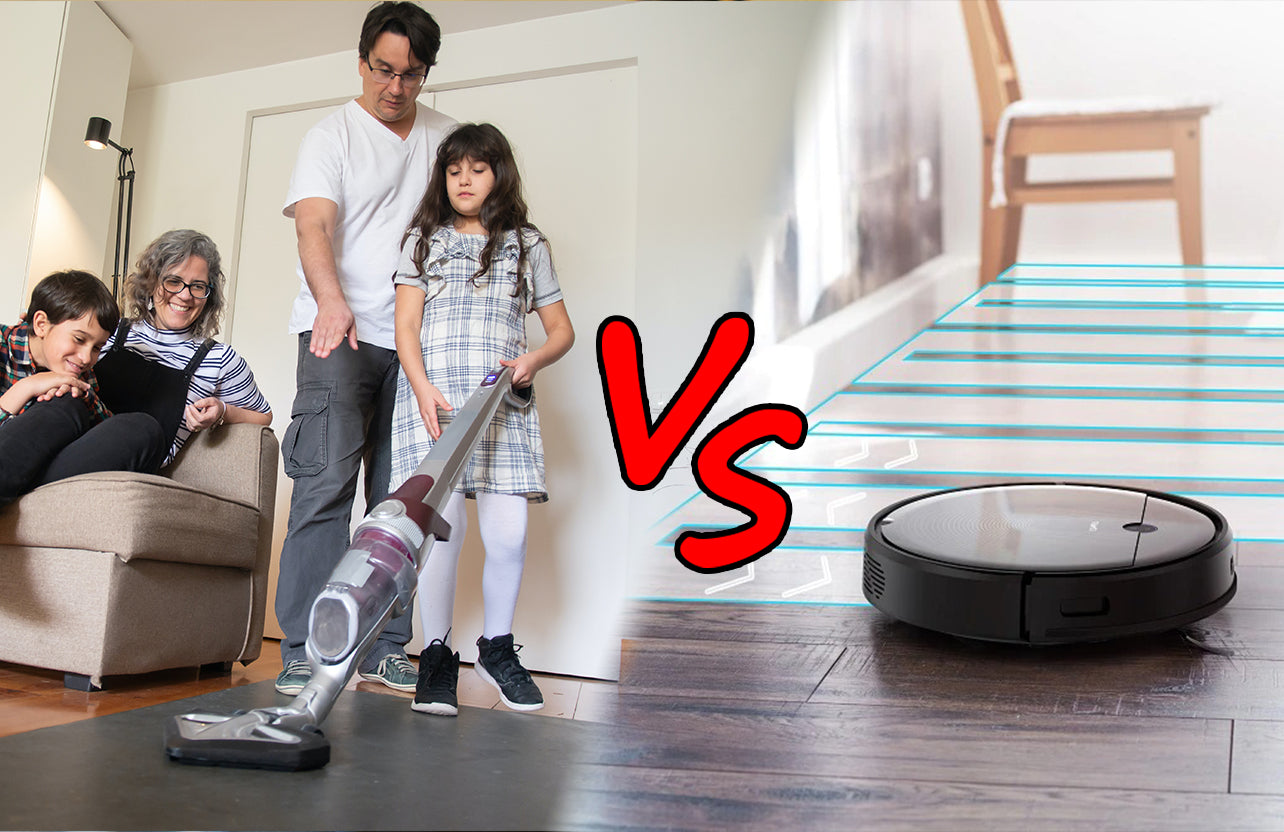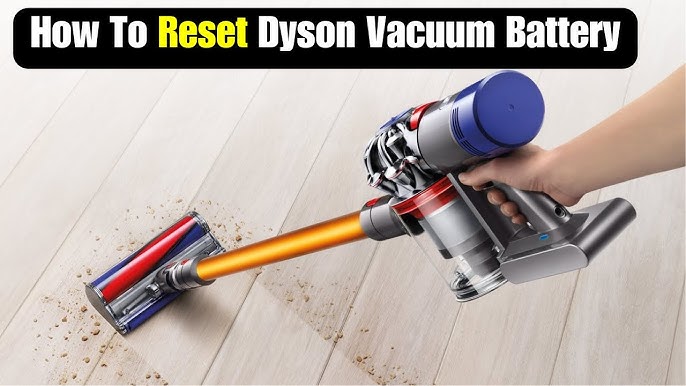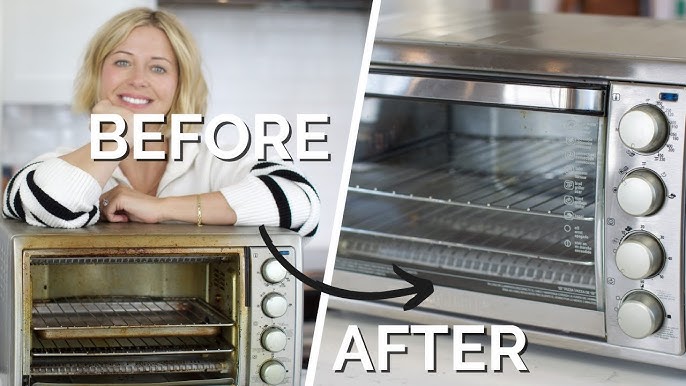How to Choose a Robot Vacuum Cleaner: Smart Tips & Tricks

To choose a robot vacuum cleaner, consider your floor type and budget. Evaluate features like battery life, suction power, and smart connectivity.
Robot vacuum cleaners have revolutionized home cleaning. These smart devices save time and effort by automating the vacuuming process. They come equipped with advanced features such as Wi-Fi connectivity, voice control, and mapping technology. Different models cater to various needs, from pet hair removal to deep carpet cleaning.
It’s crucial to assess your specific requirements before making a purchase. Factors like battery life, dustbin capacity, and noise levels play a significant role. By understanding these elements, you can select a robot vacuum cleaner that best fits your lifestyle and ensures a clean, comfortable home.
The Rise Of Robot Vacuum Cleaners
Robot vacuum cleaners are easy to use. They save time and effort. People love their convenience. Robots can clean while you relax. They are great for busy families. Smart features make them efficient. Many models can be controlled via apps. They fit into modern lifestyles well.
Many types of robot vacuums exist. Some are good for carpets. Others work better on hard floors. Some have mopping features too. There are models with extra suction power. You can find ones with advanced navigation systems. Some are budget-friendly. Others offer premium features. Choose one that fits your needs and budget.
Key Features To Consider
Suction power is very important for robot vacuums. It helps pick up dirt and dust. Choose a vacuum with high suction for better results. Also, look for models with good cleaning efficiency. This means they can clean more area in less time. Some vacuums have special brushes. These brushes help in cleaning pet hair and small particles. Check if the vacuum can clean different types of floors. This includes carpets, tiles, and hardwood.
Battery life is crucial for robot vacuums. A longer battery life means more cleaning time. Look for vacuums that run for at least 90 minutes. This is enough to clean most homes. Charging time is also important. Shorter charging times mean the vacuum can clean more often. Some models have a quick-charge feature. This can be very helpful for busy homes.
Smart Navigation And Mapping Technologies
Sensors help the robot detect obstacles. Cameras map your home for better cleaning. Both work together to avoid furniture. This helps the robot clean more efficiently. Infrared sensors are common in many models. Some robots use laser sensors for better accuracy. Cameras can also help in spotting dirt. This makes the robot focus on dirty areas. The combination of sensors and cameras improves cleaning.
AI technology guides the robot’s movement. It helps the robot learn the best cleaning paths. The robot avoids bumping into objects. AI makes the robot smarter over time. This results in more efficient cleaning. The robot can remember your home’s layout. It can also adapt to changes in your home. This means fewer missed spots and a cleaner home.

Credit: www.ecovacs.com
Compatibility With Smart Home Systems
Ensure the robot vacuum cleaner integrates seamlessly with your smart home system. Compatibility enhances convenience and optimizes cleaning schedules.
Integration With Voice Assistants
Robot vacuums should work with voice assistants. Check if it supports Amazon Alexa or Google Assistant. This lets you control it with simple voice commands. Say “Start cleaning” and the vacuum begins. This makes cleaning much easier and fun.
App Control And Scheduling
Many robot vacuums come with a smartphone app. The app lets you control the vacuum from anywhere. You can schedule cleaning times even when not at home. This ensures your home stays clean without much effort. The app also shows the vacuum’s battery status and cleaning history. This helps you know when it needs charging or maintenance.
Size, Design, And Noise Level
Consider the robot vacuum’s size to ensure it can navigate tight spaces. Opt for a sleek design that complements your home decor. Check the noise level, aiming for a quieter model to avoid disruptions during cleaning.
Compactness And Storage
A compact robot vacuum cleaner can fit under furniture. It’s easier to store in small spaces. Slim designs are perfect for tight areas. Storage is simpler with compact units. Always measure your storage space before buying.
Operating Volume Considerations
Quiet operation is key for a peaceful home. Look for models with low decibel levels. Some vacuums offer silent modes. These are great for use during night or work hours. Noise levels can vary, so read reviews carefully.

Credit: thamtus.com
Maintenance And Cleaning
Robot vacuums should be easy to empty. The dustbin should slide out smoothly. It’s good if the bin is washable. You can rinse it with water. This makes cleaning fast and simple. Filters should be easy to access. Clean them often to keep the vacuum working well.
Check if replacement parts are easy to find. You’ll need new filters and brushes. These parts wear out over time. It’s best to buy a vacuum with many available parts. This helps keep your vacuum running for a long time.
Price Vs. Performance
Robot vacuums come in many price ranges. Some are cheap, while others are costly. Cheaper models may lack advanced features. Expensive models often have more smart features. Think about your needs first. Do you need a vacuum with WiFi control? Or is a basic model enough? Make a list of must-have features. Then, compare prices. This helps in choosing the best vacuum within your budget.
Think about the long-term value of the vacuum. A cheaper model might break down quicker. An expensive model could last longer. Look at the warranty period. A longer warranty often means better quality. Consider the cost of replacement parts. Are they easy to find and cheap? These factors help in assessing the true value over time.
User Reviews And Recommendations
Check reviews on trusted websites. These include Amazon, Best Buy, and Target. Look at verified purchases. Verified reviews show real user experiences. Consider visiting tech forums. Experts and enthusiasts share honest opinions there. Websites like CNET and TechRadar provide detailed reviews. They test products thoroughly. Consumer Reports is also reliable. They offer unbiased reviews based on extensive testing.
Read testimonials from multiple sources. Look for common pros and cons. If many people mention the same issue, it’s likely true. Ease of use is important. Happy users often mention it. Check for comments about battery life and cleaning power. These are key features. Customer service reviews matter too. Good support can make a difference.

Credit: www.linkedin.com
Conclusion
Choosing the right robot vacuum cleaner can simplify your cleaning routine. Consider factors like floor type, budget, and features. A smart investment will save you time and effort, ensuring a cleaner home. Evaluate your needs and research thoroughly to make an informed decision.



